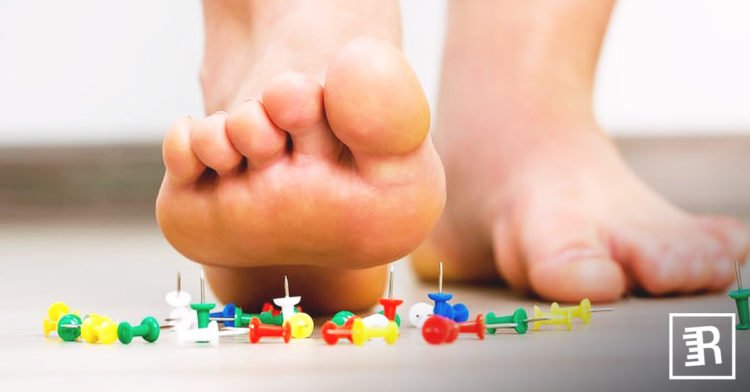Are you wondering what plantar fasciitis actually means?
Plantar fasciitis affects over 2 million people in the United States alone. It claims athletes and non-athletes alike and often comes from an overload of exercise or lifestyle habits of being on your feet.
With plantar fasciitis being so common, follow our guide to determing what plantar fasciitis is, and how you can prevent it from becoming a chronic ailment.
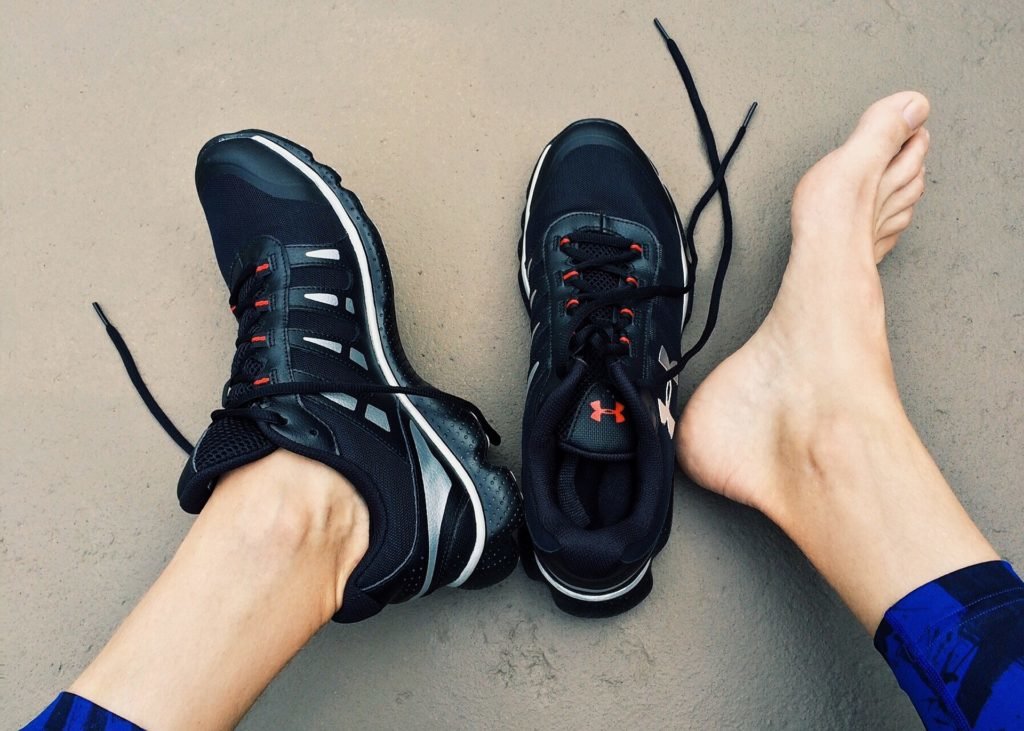
What is Plantar Fasciitis?
Plantar fasciitis previously was thought to be inflammation in your plantar fascia, but now research reveals that it is actually from degeneration of tissue cells. If pain persists underneath your foot, then it is time to learn what the underlying cause may be.
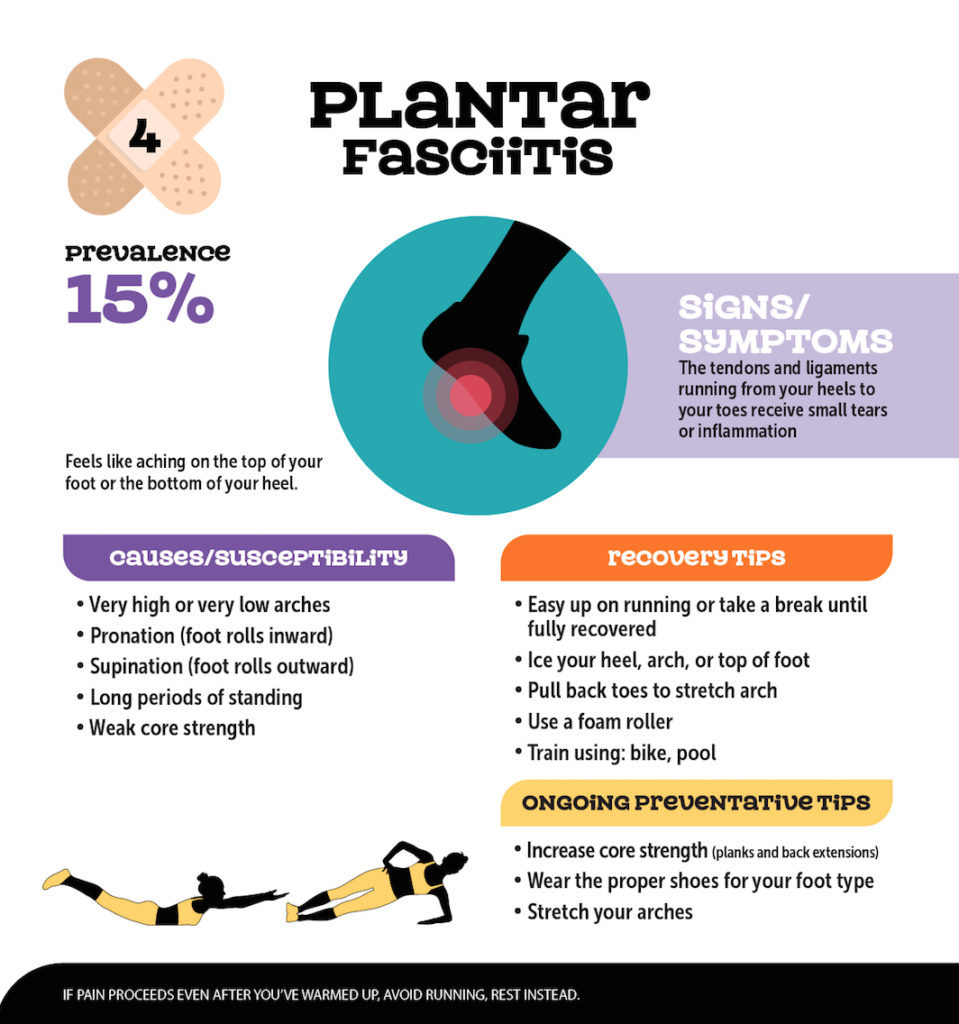
The plantar fascia is a thick band of ligament tissue that runs along the heel to your toes. Three distinct parts of the medial, central, and lateral bands provide static support as well as absorb shock from dynamic movement. Plantar fascia is the spring to your step and silently takes on the impact of daily activity.
With so much pressure on your plantar fascia, it can become worn down and eventually cause pain, leading to plantar fasciitis.
The Underlying Cause
The underlying cause may come from many different points in your body. Your body works as a collective system, but when one part is weak, it causes pain in other areas.
Dorsiflexion, or bending of the foot, is critical for proper movement. When you have lack of dorsiflexion, it contributes to tight or weak muscles that effect your plantar fascia.
Increasing your workout intensity too quickly, obesity, and age also present as possibility for the underlying causes. A fallen arch, high arch, or even improper footwear that change how your foot is positioned leaves you susceptible to the potential problem of plantar fasciitis and may even lead to achilles tendonitis.
Signs and Symptoms
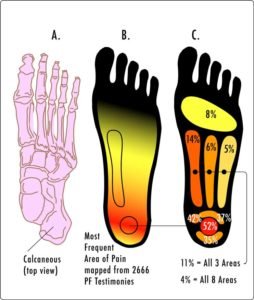
Plantar fasciitis sometimes is confused with heel spurs, but heel spurs do not always show symptoms. Stabbing or sharp pain, numbness or tingling, or pain increasing during exercise in the heel are signs of plantar fasciitis.
If your pain increases when you point your toes up, or pain continues even after resting, then you should consult a physician. When your foot is limited from full range of motion, it effects your ability to alleviate pain and keeps you from the activities you love.
Pain levels can range from minor to severe. Know the anatomy of your foot enough to understand the difference between plantar fasciitis pain and other areas of your foot that are related to a different diagnosis.
Do not ignore the early signs of pain. The longer you wait to rest, the more potential damage you will have to recover from. Be proactive with plantar fasciitis so you can heal stronger.
How Do I Treat It?
Plantar fasciitis can be treated with home remedies, as well as more invasive procedures to alleviate severe pain. Know your options for easing your pain and how to empower yourself to a pain free life.
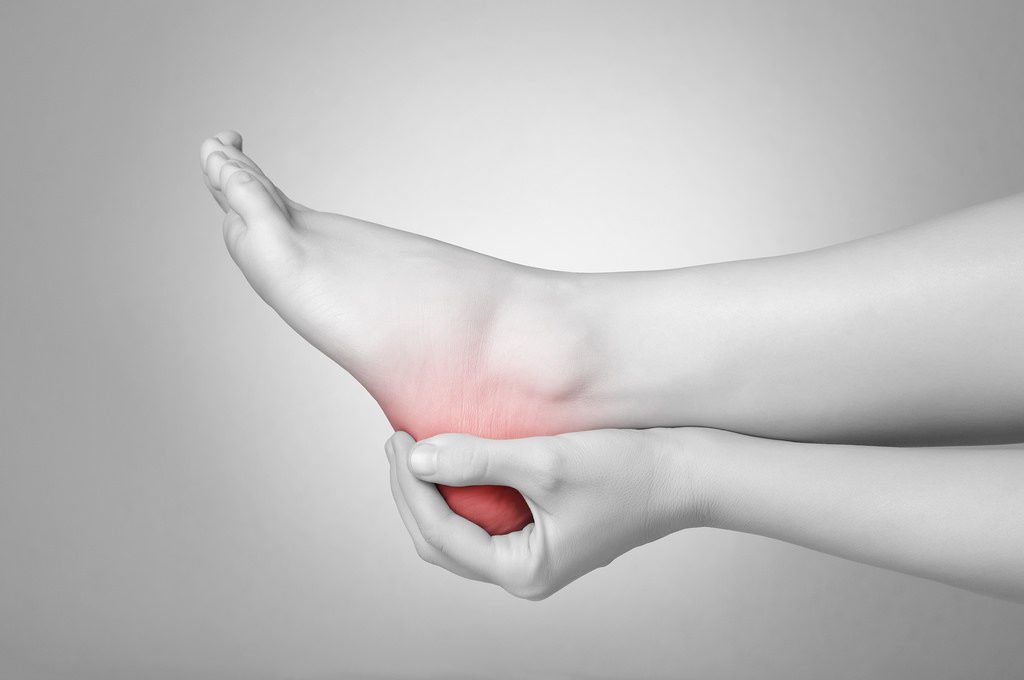
Let Your Heel Heal
If your heel is in pain, then give it time to heal. Pain is a signal to your brain that something is wrong and you should not ignore it. Being tough about your pain does not bring relief, which is why rest is critical for recovery. Be patient, as it sometimes can take several months for your plantar fascia to heal in the way it needs.
Home Remedies
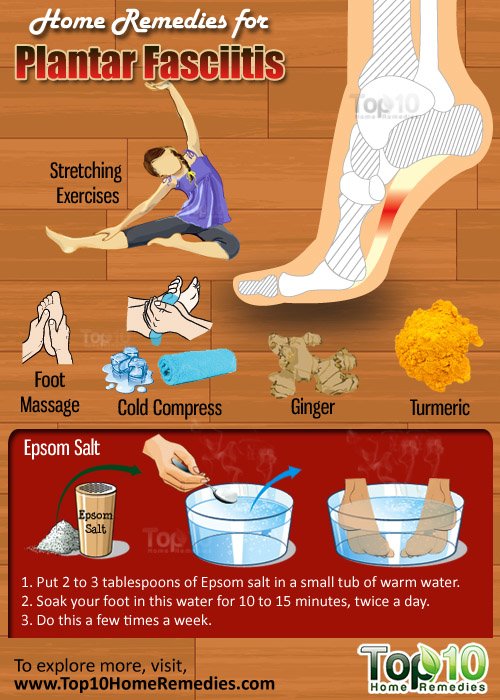
Home remedies for plantar fasciitis include several methods that can be done with movement and items you can find at your local store.
Stretching is Key
When your muscles are tight, it negatively impacts your body and holds space for pain to invade. Include soft stretching to loosen up your calves and your foot muscles. If stretching is too painful, then look at different options with your physician or physical therapist.
Cold Compress
A cold compress is a form of icing your plantar fascia that helps alleviate pain. Get a cloth wet and wrap ice in it before placing it on your foot for 20 minutes at a time. It is not a solution for healing, but it can keep the pain at bay.
Epsom Salt Foot Bath
Epsom salts can help drain tissue damage and ease the pain of your plantar fascia. Put 2 or 3 teaspoons of Epsom salt in a small tub of warm water and soak your foot for 10 to 15 minutes. Try it a couple times a day and during the week.
Pain Relievers
Over the counter medicines like NSAIDs (Non-Steroidal Anti-Inflammatory Drugs) are common for reducing pain, however, research shows that NSAIDS slow down the healing process. Only take it if your pain is unbearable. There are natural remedies that can be a great alternative to over the counter medications. Turmeric and ginger both have anti-inflammatory properties that can reduce inflammation and dull your pain sensors.
Trigger Point Therapy
Trigger point therapy can be done at home, or through a massage therapist. Use a tennis ball and gently roll your injured foot back and forth over it. By pressing into the trigger points in your feet, you can alleviate the pressure built up due to inflammation or damaged tissue.
Taping
Taping supports your plantar fascia that can keep the pain at bay and you feeling supported in your movement. Follow KT Tape's video for proper instruction.
Prevention Methods
Strengthening is the only proven method to help you prevent plantar fasciitis from happening in the first place, but other methods can help your body stay strengthened and cushioned for pain free running. Take the time to take care of your body to prevent plantar fasciitis from happening, so you can spend less time in recovery and more time doing the activities that fill your life with joy.
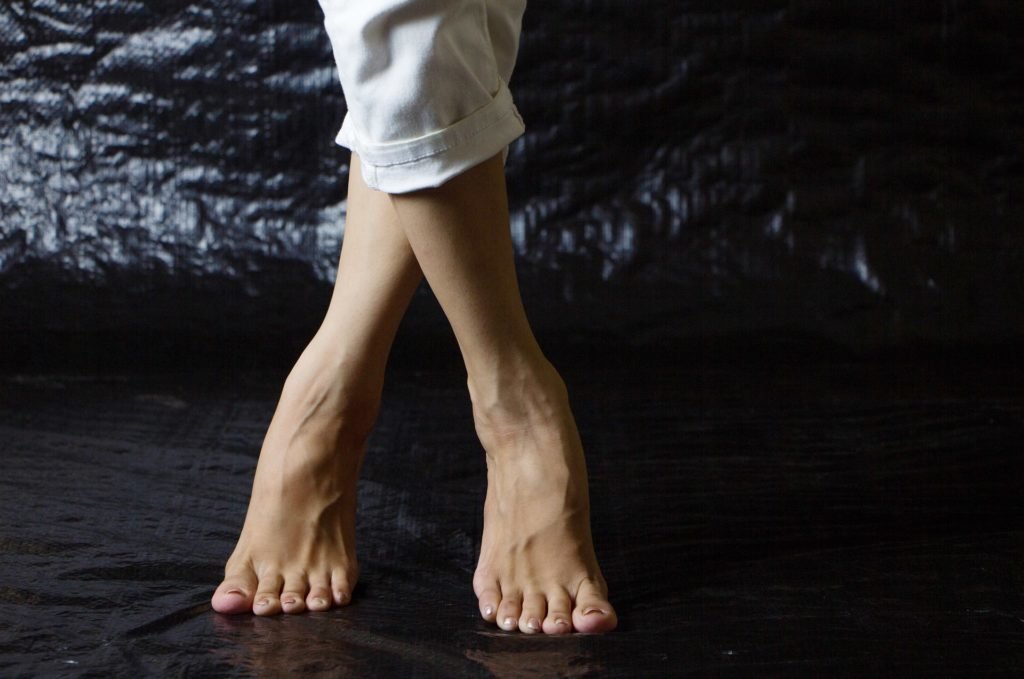
The Right Pair of Shoes
The right pair of shoes is a top priority for runners already, but especially for those who are susceptible to plantar fasciitis. If you frequently experience pain in your feet, then you may want to invest in shoes that provide more cushioning and support. Look for shoes that absorb shock and take on the impact of running, rather than your foot taking the brunt of the force. Check out our 12 Best Running Shoes for Plantar Fasciitis for more information and recommendations about what pair of shoes you need.
Strengthening
By including static and dynamic strengthening stretches, it loosens up the muscles and soft tissue that cause pain. Try out Dr. Joe's recommended stretches and exercises that can alleviate pain and build up better resistance in your plantar fascia.
Splints
Plantar fasciitis pain often is worse in the morning due to the position of your foot while you sleep.
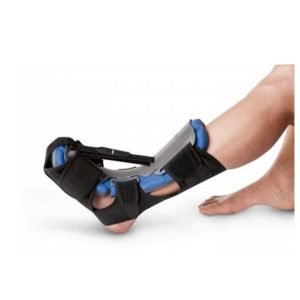
Inserting your foot and ankle into a specific night splint can prevent pain in the morning by keeping your muscles and soft tissue lengthened.
One study found that wearing a plantar fasciitis splint reduced pain symptoms by 88%. Look for plantar fasciitis specific splints or consult your physician for more guidance.
Orthotics
Orthotics position your foot to take the pressure off your plantar fascia and guide your foot pronation. Invest in orthotics that support your arch and correct inward tilting of your foot.
Extreme Methods
If your pain continues to get worse, then it is time to consult a professional. There are several more extreme methods that may help alleviate your pain. However, the more intense methods of treatment should be approached with caution.
Extracorporeal Shockwave Therapy
Electroshock therapy can help alleviate pain symptoms by sending pulses through your foot to boost circulation. It is not comfortable for everyone, but can be effective in some cases.
Corticosteroid Injection
Cortizone injections are common in doctor's offices, but can be harmful in the long run. It can temporarily relieve pain, but it does slow down the natural healing process. Only use cortizone injections when pain is severe.
Surgery
For some, more natural treatments may not be effective. If left untreated for a longer amount of time, plantar fasciitis may result in the need for surgery. When the pain becomes unbearable, then consult your physician for guidance about the best course of treatment. Know the benefits, side effects, and recovery time that surgery may take. Surgery is not proven to be effective in the long run, so only proceed if you are sure it is the best for your body.
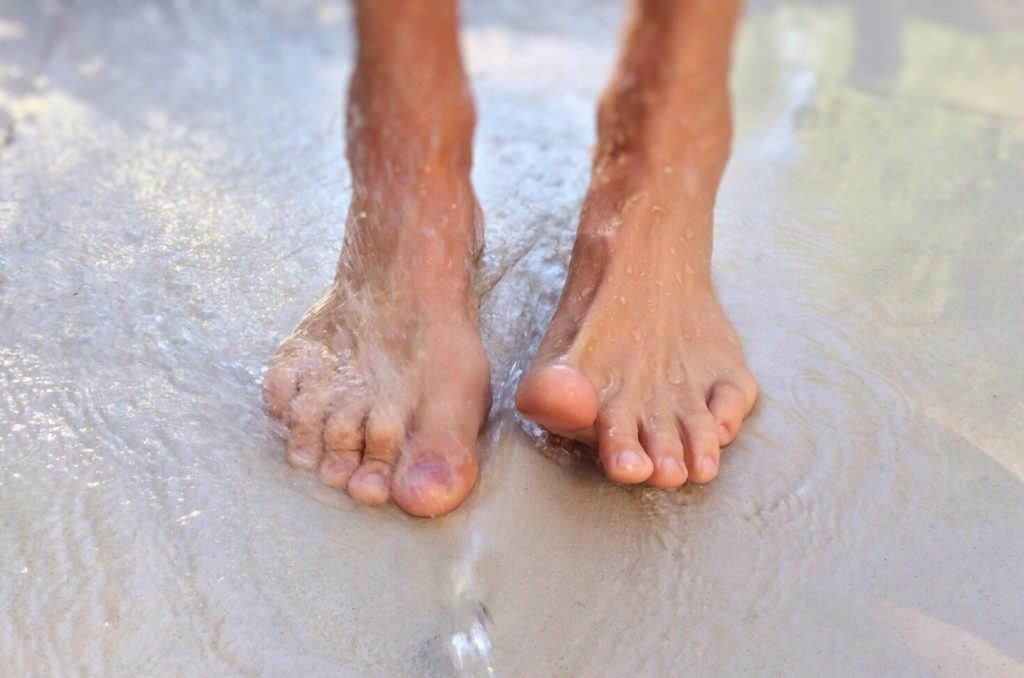
Plantar fasciitis is painful, but it can be treated. Follow the steps to achieving a pain free life and know how you can help yourself in the small details of self care. With many treatment methods and knowledge available, you can empower yourself to stronger running and a life without plantar fasciitis.

